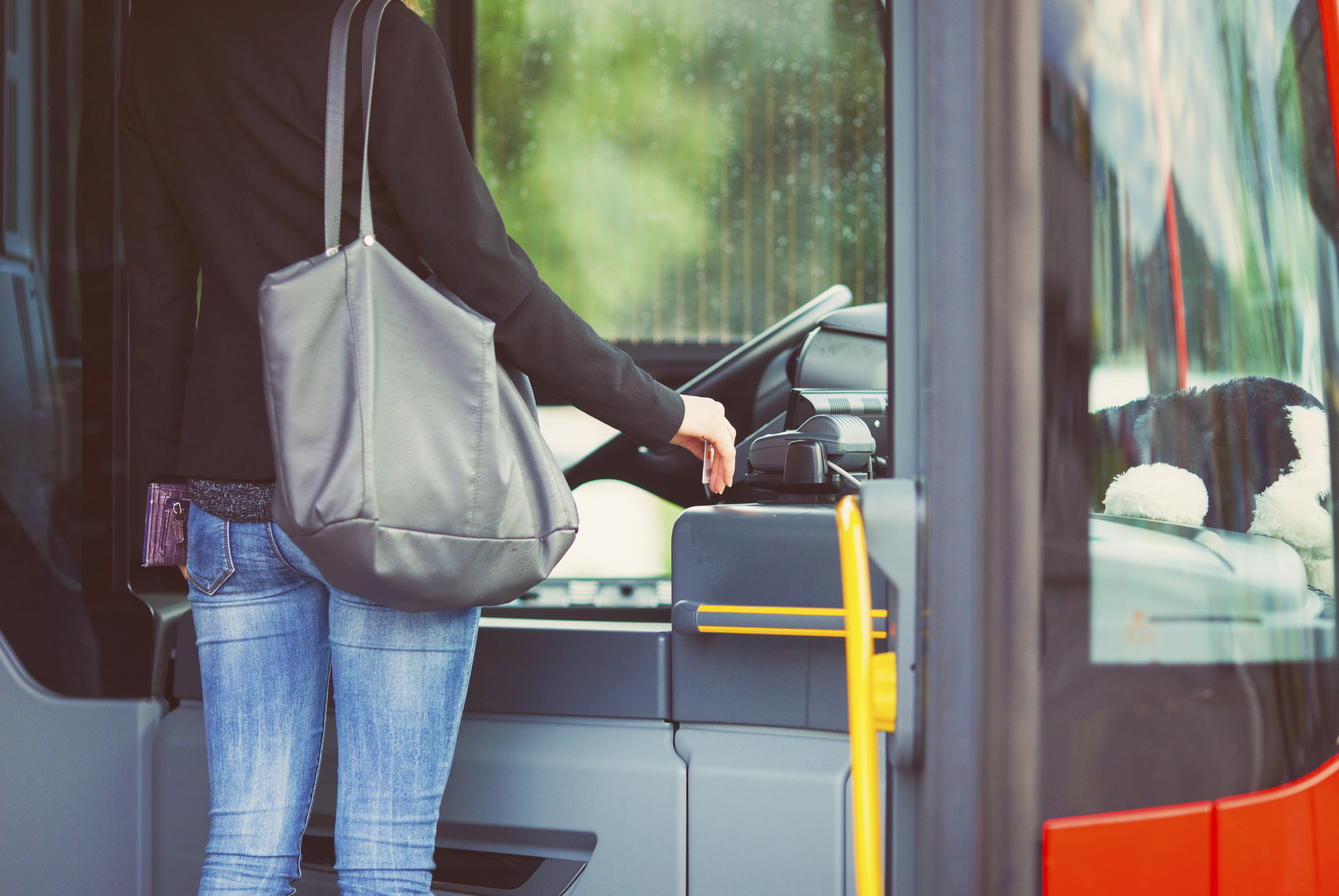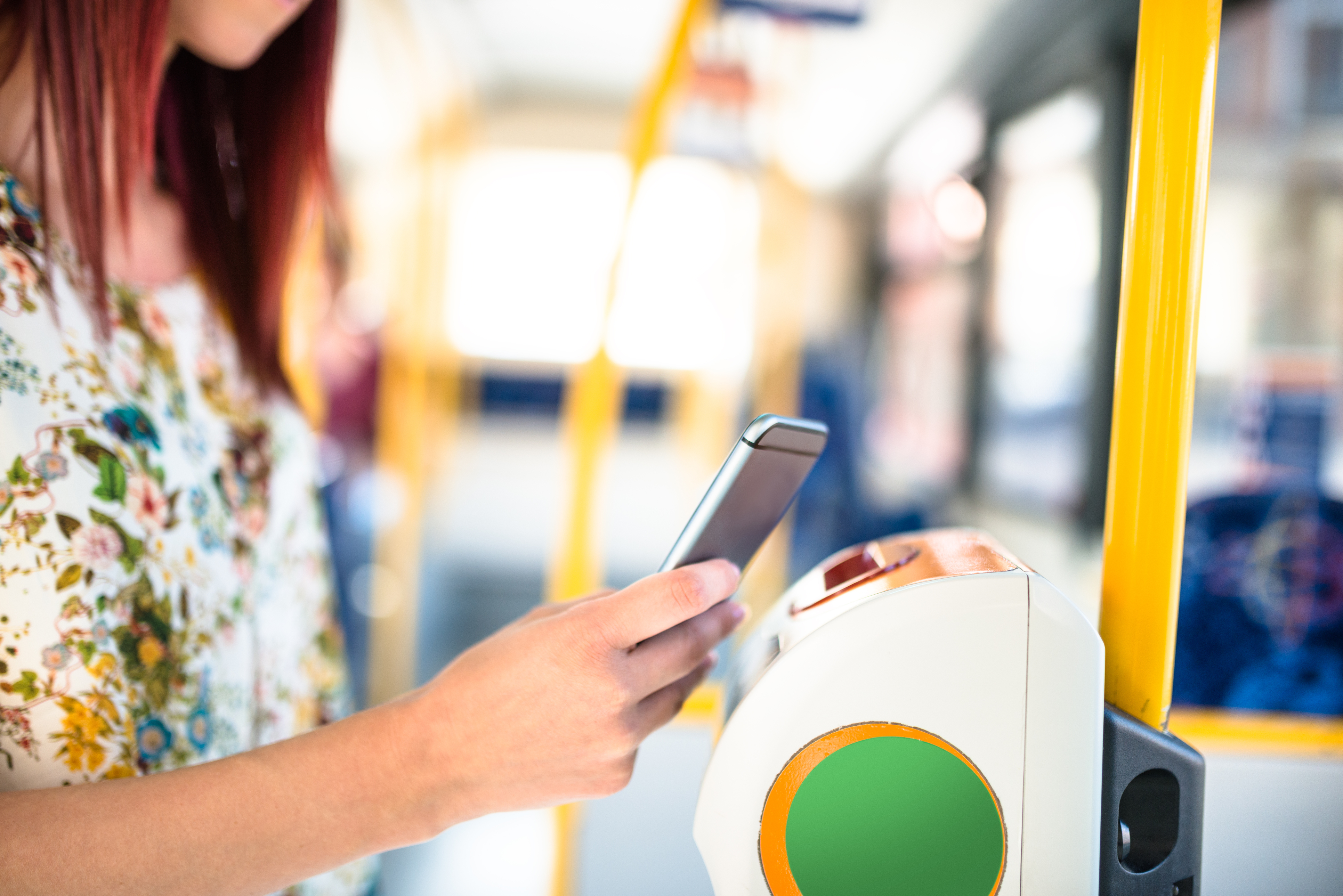
Are contactless bank cards the future of public transport ticketing?
Sydney commuters could be replacing their Opal cards with bank cards – and even their mobile phones – as early as next year, if the trial goes well.
This would put Sydney in-line with the likes of London where contactless debit and credit card payments were first accepted for pay-as-you-go travel in December 2012, around eight years after Oyster Cards launched. That same month, Opal was released in Sydney in its trial phase.
We spoke to Mr Mike Tuckett, Head of Transformation Delivery for Transport for London (TfL), to find out what an open loop transport network looks like, and how it compares to a pre-paid system.
What are the benefits to open loop contactless transport payments in London?
MT: “The main benefit is customer convenience. Using something that commuters already own, like a bank card or mobile payment app, means there are less barriers to travel for the customer so they’re more likely to use public transport. When you don’t have to remember to buy, register, or top-up your Oyster card, then it’s more accessible.
It’s also cheaper for the transit operator. TfL were spending a lot of money on issuing 20,000 to 30,000 Oyster cards a day, and paying shop owners to sell them – whereas this obviously isn’t necessary with open loop payments because the customer already owns the payment instrument.
The payment industry has also benefitted, for example through higher card usage.”
What are the challenges of open loop contactless transport payments in London?
MT: “There was a large group of commuters on TfL that we call ‘wallet tappers’ – someone that taps their whole wallet on the reader. Because “wallet tappers” carry more than one contactless card in their wallet, this can result in someone unintentionally “tapping on” with an Oyster card and “tapping off” with a credit card that they didn’t want to use. We felt that this presented a significant reputational risk to our scheme.
We solved this mainly using a marketing campaign to educate the public all about ‘card clash’, but we also developed an algorithm to infer where it has occurred and reverse the transactions.”
How did TfL go about introducing open loop contactless payments to transit?
MT: “Contactless bank cards were designed as a retail payment system, not for transit, which meant they fell short in a few areas.
A lot of technical dialogue needed to happen to adapt contactless for transit. For example, we determined that the response time of payments was too great and we needed to find a way to get it to less than 0.5 seconds to be practical. All the terminals needed upgrades as well to be PCI compliant but of course PCI standards didn’t exist yet for transport solutions so they had to be developed specifically.
Another big issue was deciding who customers should contact when there’s an issue – the bank or TfL? We decided that most of the time it would be TfL.
We had to collaborate with the payments industry on getting it right, and making sure it was secure and trusted.”
Has the move to open loop contactless payments been successful?
MT: “Yes, contactless has proven to be enormously popular. We’ve seen a big uptake on contactless with about 30% of pay as you go travel – a total of 1.3 million trips a day – being paid for using payment cards. We’re seeing between 20,000 and 30,000 new people using their bank issued cards per day. There’s no reason why within a year contactless wouldn’t make up 40% of all pay as you go trips.”


